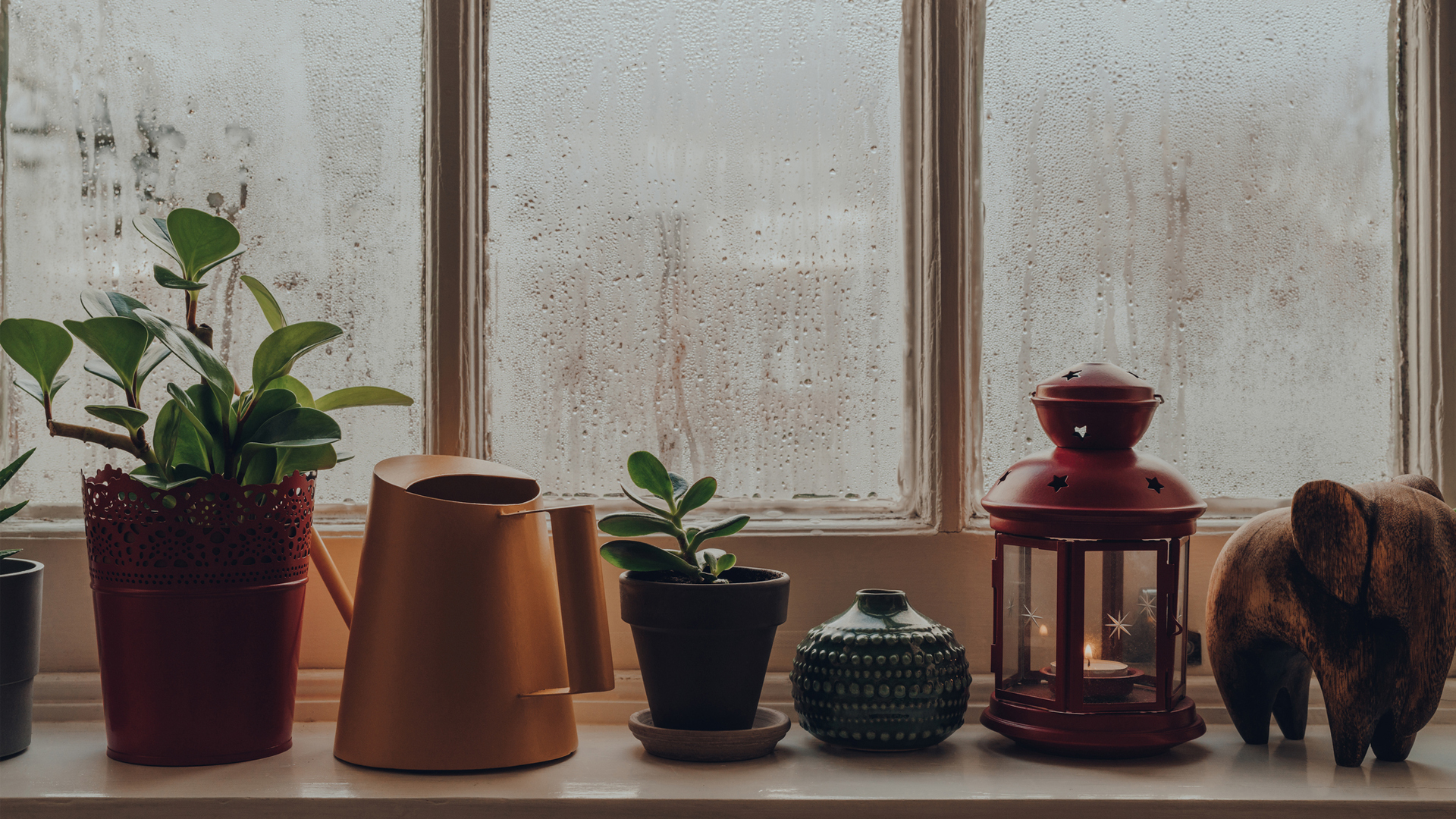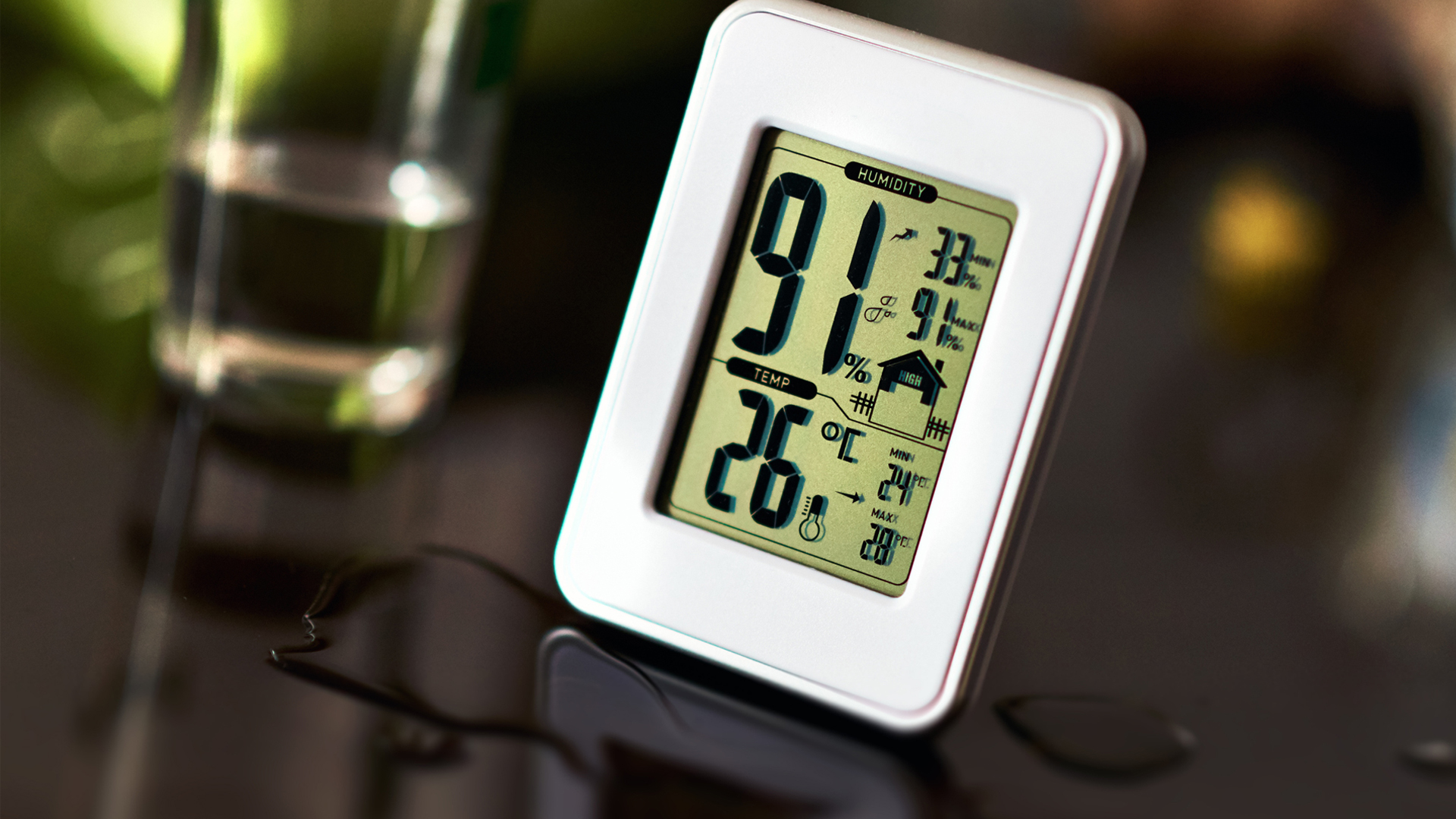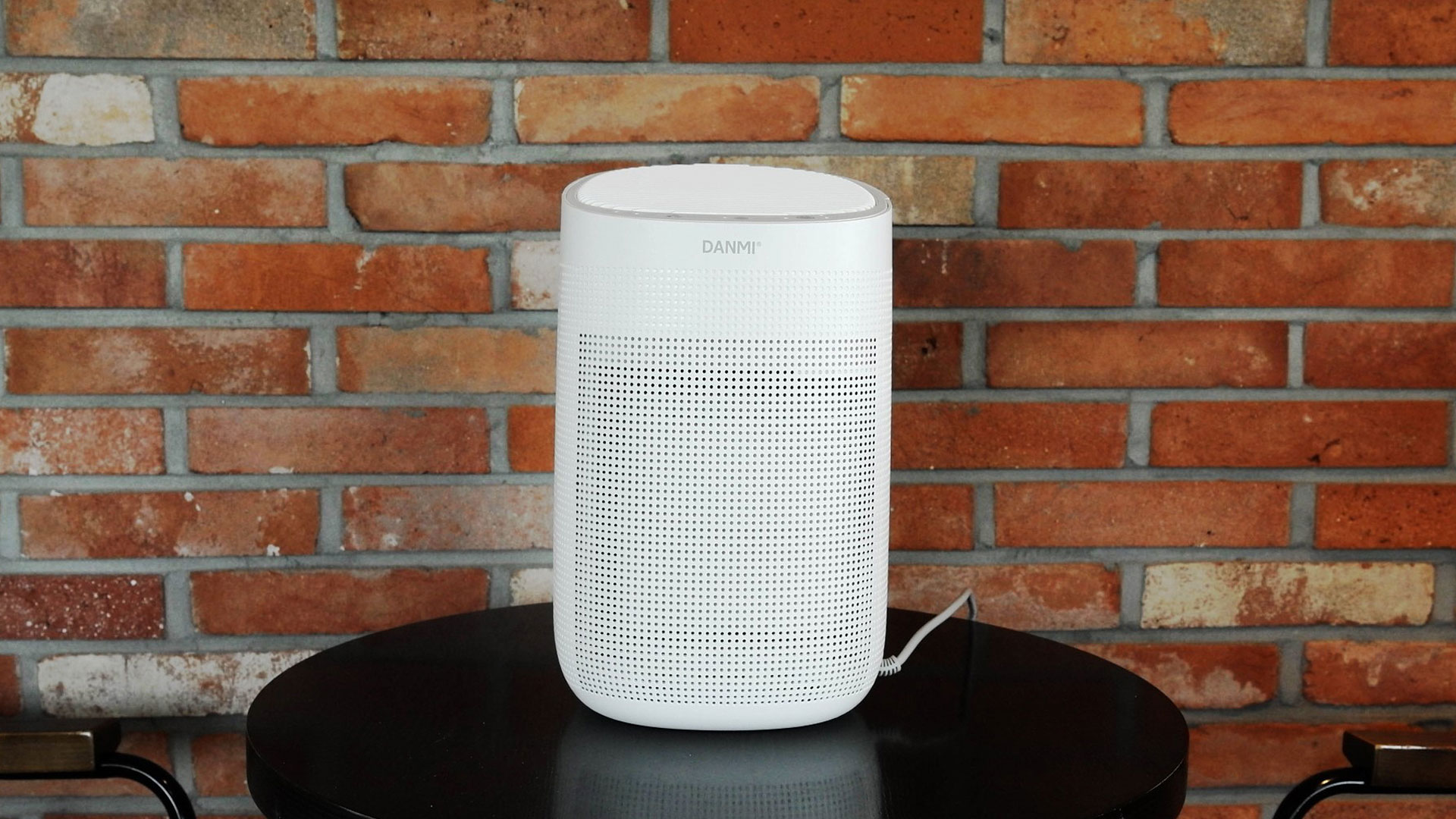What is relative humidity? And how does it impact you?
We investigate what relative humidity is, why it matters, and what it means for your home.

You may have heard of dehumidifiers, which are machines that help reduce the humidity in your home, but what is relative humidity? And why does it matter for you?
There are some confusing terms that help explain the ins and outs of moisture in the air, and could help you decide if you should reduce the humidity levels where you live. Here, we'll delve into those terms and explore why maintaining the humidity of your home at a constant level is a good thing for your health and wellbeing, and how it helps keep your house in tip-top condition too.
- Related: Best dehumidifiers
What is relative humidity?
Knowing the humidity level of a room is just one part of the equation. By coupling this with the temperature, you'll get a much better idea of whether the humidity level in your home is high or low. This is what relative humidity is all about.
Humidity can be measured in two ways:
- Absolute humidity
- Relative humidity
Absolute humidity is simply a measurement of the amount of water vapor present in the air at any one time.
Relative humidity measures the density of water vapor in a space relative to the temperature in the same space. Scientists describe relative humidity in the Journal of Applied Meteorology and Climatology as the "degree of saturation of the air" with water. So, if there’s 100% humidity, the air can’t hold any more moisture.
Why are there two ways to measure humidity? Because warm air can carry more moisture than cold air. The relative humidity level will be higher in cold air and lower in warm air at the same absolute humidity level. It's because warmer air contains more energy to evaporate water into vapor and then keep it as vapor, according to the UK Met Office.
- Related: Is condensation on windows bad?
Or, look at it another way: as the air gets warmer, it gets drier, and the relative humidity drops. Conversely, as the air gets colder, it gets wetter, increasing relative humidity.
So you can see that absolute humidity only provides half of the equation. By measuring the current humidity level plus the temperature, you provide crucial context.
It may sound complicated, but hopefully, you now understand that relative humidity is an essential calculation that will help you understand whether your room is too humid or not.

How is relative humidity measured?
At this point, you may be wondering how relative humidity is measured. Let's find out.
The equation for calculating relative humidity looks like this:
Actual vapor density/saturation vapor density x 100
The actual vapor density measures the current water vapor (g/m3) in a space. The saturation vapor density measures the maximum amount of moisture that the air can hold at that temperature (g/m3).
So you'd divide the actual vapor density with the saturation density, then multiply it by 100 to provide a percentage figure.
• Related: Dehumidifiers on sale
Thankfully, you shouldn’t have to worry about doing the math, though, as all dehumidifiers are equipped with a built-in hygrometer that measures a room's relative humidity. This measured relative humidity value is typically displayed on the dehumidifier's control panel and is what you can control.
If you don't have a dehumidifier yet and want to find this information out, other devices, such as an external hygrometer, dew point measuring device, or psychrometer, can also give you a calculation of relative humidity.
If you've got two devices to measure humidity and they display differently, then don't panic. This is likely because all relative humidity sensors have a margin for error of plus or minus 3%.

Why is it important to monitor relative humidity?
The Journal of Stored Products Research states that from storing insects to drying mushrooms, relative humidity is an essential consideration for scientists. But why is it important to monitor relative humidity in the home?
High or low relative humidity can affect how comfortable a room is and impact our health and wellbeing. We've got an article on why humidity is so uncomfortable.
According to a 2016 study in the journal Temperature, even highly trained athletes can struggle to perform in the heat, with high relative humidity creating "thermoregulatory and circulatory stress". In the study, scientists demonstrate how high heat causes dehydration due to increased sweating, plus fatigue, muscle cramps and heat exhaustion. The reason? Sweat struggles to evaporate in a humid environment, your body struggles to regulate its temperature, causing it to heat up.
While most of us are unlikely to experience such extreme symptoms in the home, those with existing conditions – such as asthma – or those with allergies, should monitor and manage the relative temperature as it can lead to hospitalizations, according to the Canadian Respiratory Journal.
Even if it isn't hot, humidity can cause problems in the home. Dust mites thrive in humid homes and often cause irritation according to the Mayo Clinic, including a stuffy nose, itchy eyes or skin, or wheezing and sneezing. High relative humidity is ideal for these invisible irritants to proliferate, scientists at the Asthma and Allergy Foundation of America have warned.

Maintaining relative humidity of 50% or less can reduce dust mites, research has established. In a small-scale study published in 2001 in The Journal of Allergy and Clinical Immunology, researchers found that people who actively controlled the relative humidity in their homes using a high-efficiency dehumidifier or by simply leaving the windows open had dramatically lower levels of dust mite infection. "After 17 months, allergen levels were more than 10 times lower in low relative humidity homes compared with humid homes," they concluded.
Excessive moisture can also encourage the growth of mold, which, as well as irritating those with allergies and asthma, can also cause damage to your home, particularly those built with “cellulose-rich building materials” researchers in the International Journal of Construction Education and Research have stated, such as drywall, wooden studs, wallpaper and insulation. Children are particularly susceptible to mold, with one study published in the Annals of Allergy, Asthma & Immunology in 2011 finding that children in moldy homes are three times more likely to develop asthma by the age of seven than others.
To combat the health impacts of high relative humidity, the United States Environmental Protection Agency (EPA) recommends keeping levels to 35–50%. While simply opening windows can help, a dehumidifier is also a practical solution to issues of humidity.
Sign up for the Live Science daily newsletter now
Get the world’s most fascinating discoveries delivered straight to your inbox.
Lawrie is a journalist and editor who writes about healthcare, science, technology, engineering and design. He's worked for some of the UK and Europe's leading titles, making complex science as simple as possible. He also owns content agency 42group where he helps household brands, academic institutions and charities to grow through engaging, informative and inspirational words.











